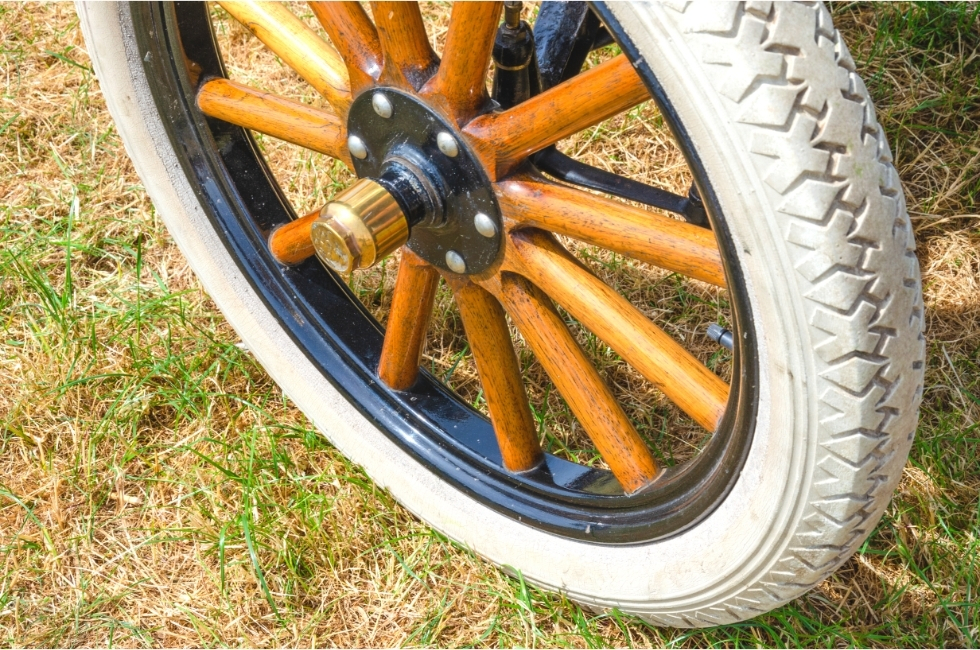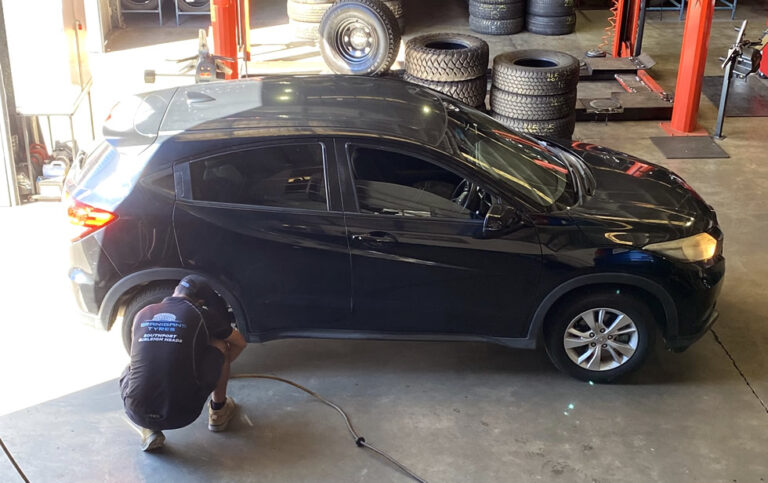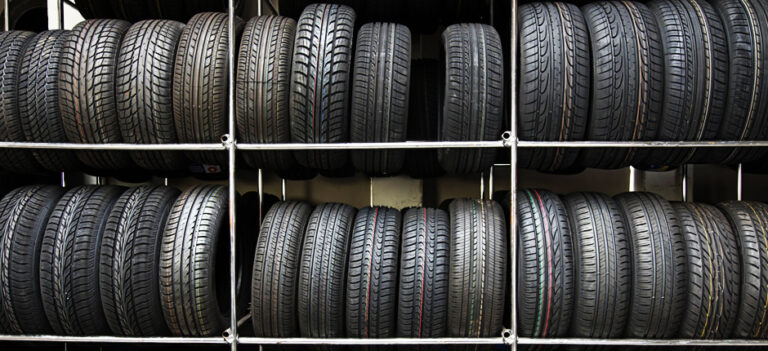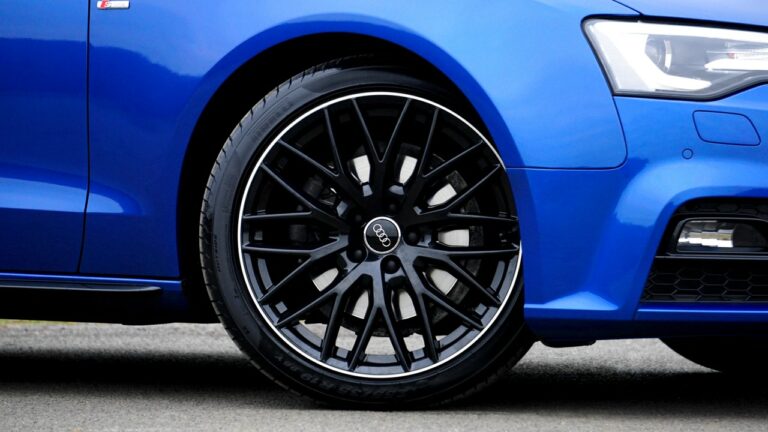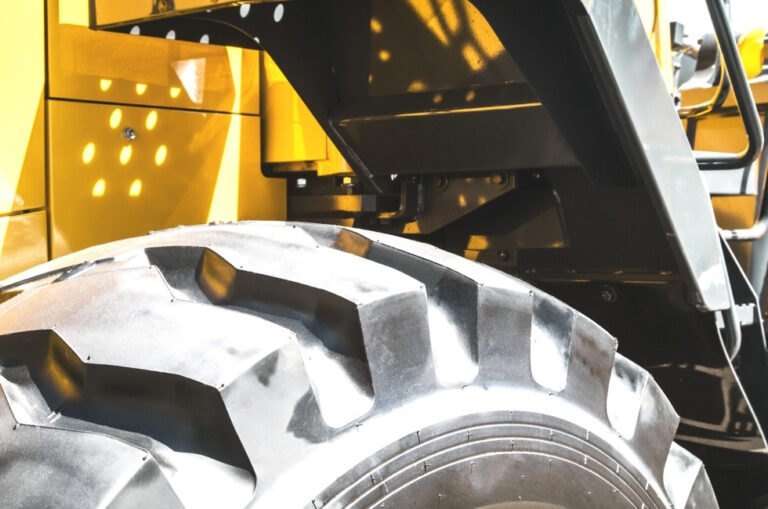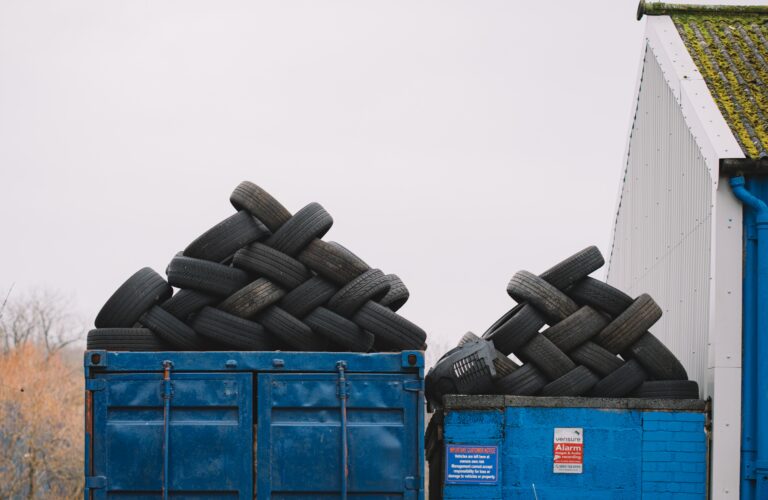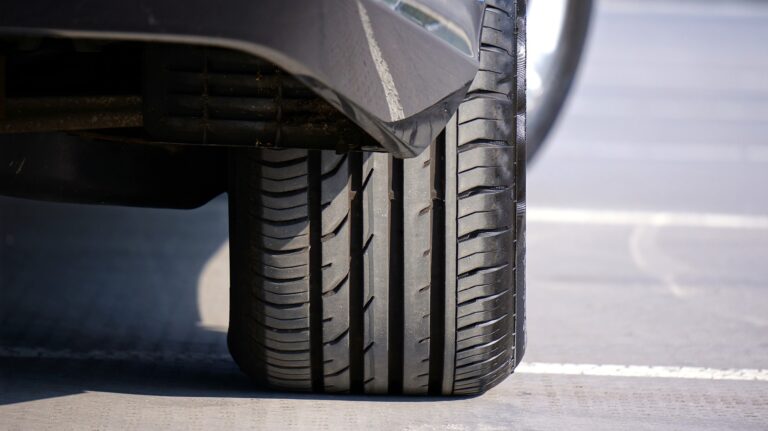The idea of getting from A to B without horses may seem commonplace today, but the development of the automobile spans a long and colourful history. “It’s a fascinating story that’s still unfolding,” says Chris Lett, proprietor of Branigans Tyres. “Cars have progressed from steam, through electric power, to internal combustion, and back to electric power. They’ve gone from being uncomfortable and downright dangerous to comfortable, efficient, and packed with safety features.”
Early Cars: A Rough, Slow, but Exciting Journey
Early cars certainly weren’t comfortable. Shock absorbers were only invented at the start of the twentieth century, and pneumatic tyres, though patented in 1845, only became practical in 1888. “It’s probably fortunate that most early cars didn’t go particularly fast,” says Chris. “The combination of poor roads, hard wheels, and no suspension would have made for a bone-shaking ride. Nevertheless, it must have been hugely exciting to experience the advent of self-propelled vehicles.”
The history of cars is peppered with weird and wonderful snippets of information. For instance, electric cars were early contenders, but they quickly faded from the scene owing to their short battery life and the sheer size and weight of the batteries. After that, the debate between steam and electric power became, quite literally, heated with each camp saying that the other’s preferred type of engine was likely to explode.
In truth, the chance of either engine exploding was quite low, but the thought must have added a bit of fear-factor for passengers and drivers. The internal combustion engine eventually won out, if only because it could be started and driven right away, instead of needing the half hour it took for boilers to be heated and gain enough pressure to power the vehicle.
The Wheels Keep Turning: a More Comfortable Ride
Necessity is the mother of invention, and with self-propelled vehicles taking to the roads and going progressively faster, the development of wheels, tyres, and suspension for a more comfortable ride would keep pace with the new technology.
Charles Goodyear was the first to discover vulcanised rubber, which made the material better able to withstand exposure to the elements, and soon after, Robert Thomson patented a leather-covered tyre containing a bundle of “inner tubes.” It never went into production, and it would be over 40 years before John Dunlop invented the basics of the pneumatic bicycle tyres we know today.
Tyre technology still needed a further step in its development before it would be suitable for use on automobiles. Andre and Edouard Michelin became the inventors of the world’s first pneumatic car tyres thanks to their development of a detachable tyre in 1891 and the company formed by the brothers invented the first radial tyres in 1946. “Radial tyres were a huge leap forward,” explains Chris. “They made a big difference to the handling and fuel efficiency of cars. Bias tyres still exist, but radials are by far the most popular.”
Cars of the Present and Future
It’s a huge jump from the debate between steam power and internal combustion to today’s move towards electric and hybrid cars. Most people don’t even realise that electric cars were around before there were internal combustion engines. However, there is now technology to make electric cars practical, and that technology has only recently become available.
Motorists have changed too. From simply being delighted by the ‘miracle’ of a vehicle that could power itself along to expecting fuel efficiency, comfort, and high-tech features, car owners expect more of their vehicles than ever before.
As in the past, tyres are changing too. “Run flat tyres that can hold up for a while despite being punctured are a relatively new development.” says Chris. “Now, tyre makers are looking at eliminating flat tyres altogether, making tyres with longer-lasting tread, and reducing the environmental impact of tyres.”
At Branigans, Chris is doing his bit. Although he isn’t working on the latest tyre designs, he’s making sure that end-of-life tyres don’t end up in landfills and that perfectly good tyres don’t get discarded. “It’s not what the latest advances are targeting,” says Chris, “but being kind to the environment is something that can be done now while we wait for the new materials, designs, and ideas that will be keeping folks on the road in decades to come.”
For further information, visit or call Chris and his team at Second Hand Tyres Gold Coast |Branigans Budget Tyres by contacting the Service Centres in Burleigh Heads (07) 5535 2660 or Southport (07) 5591 8633.
Syndicated by Baxton Media, The Market Influencers, Your Digital Marketing Agency.

